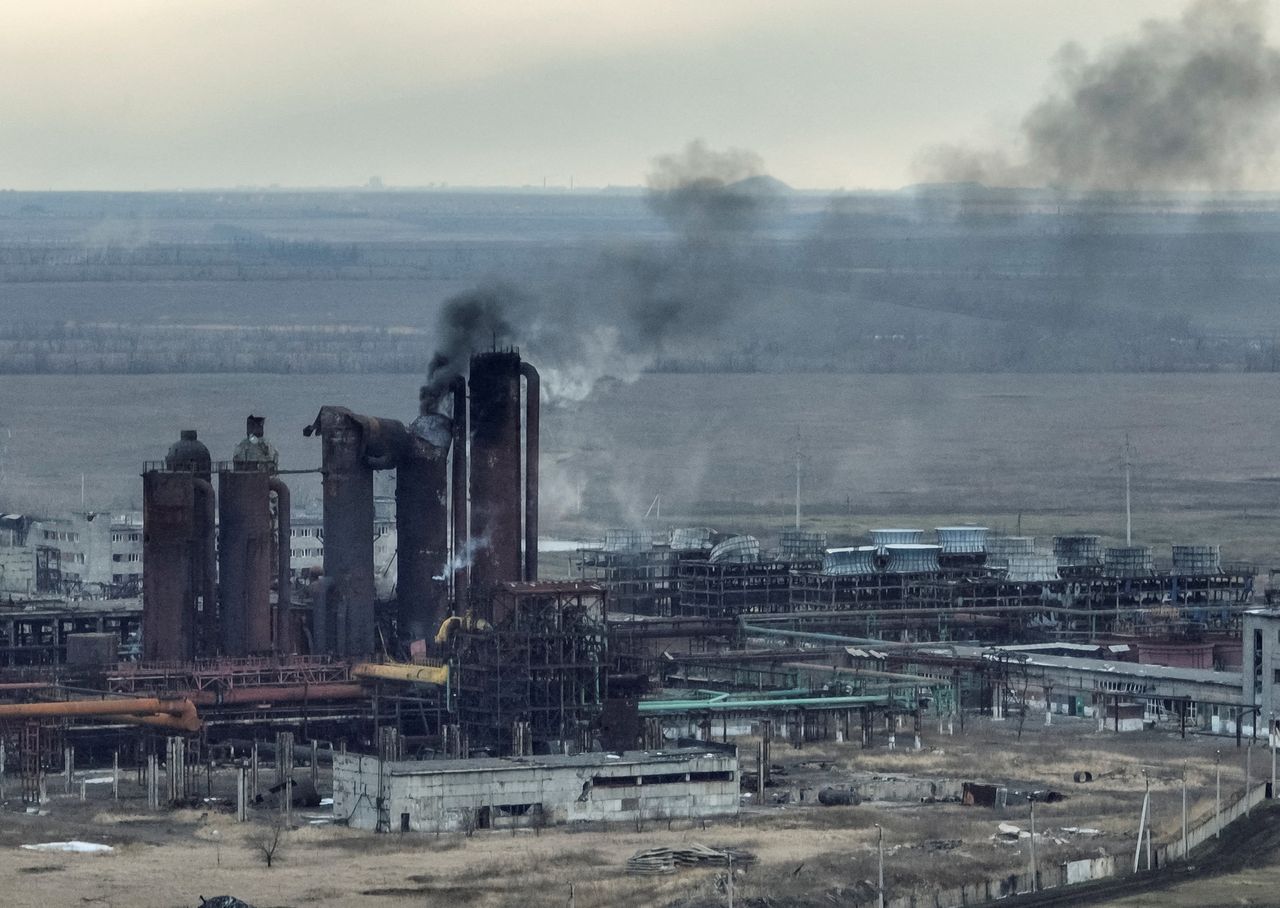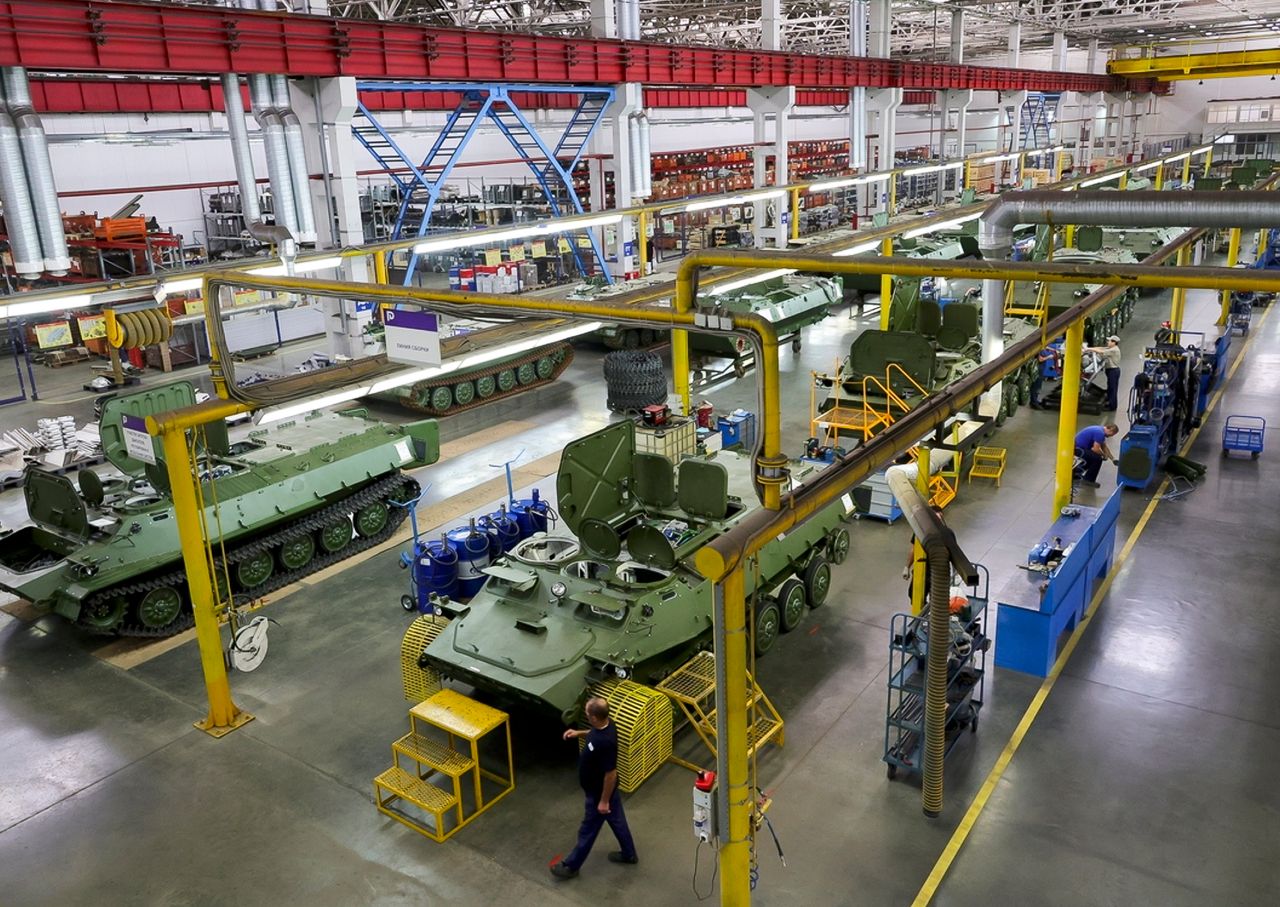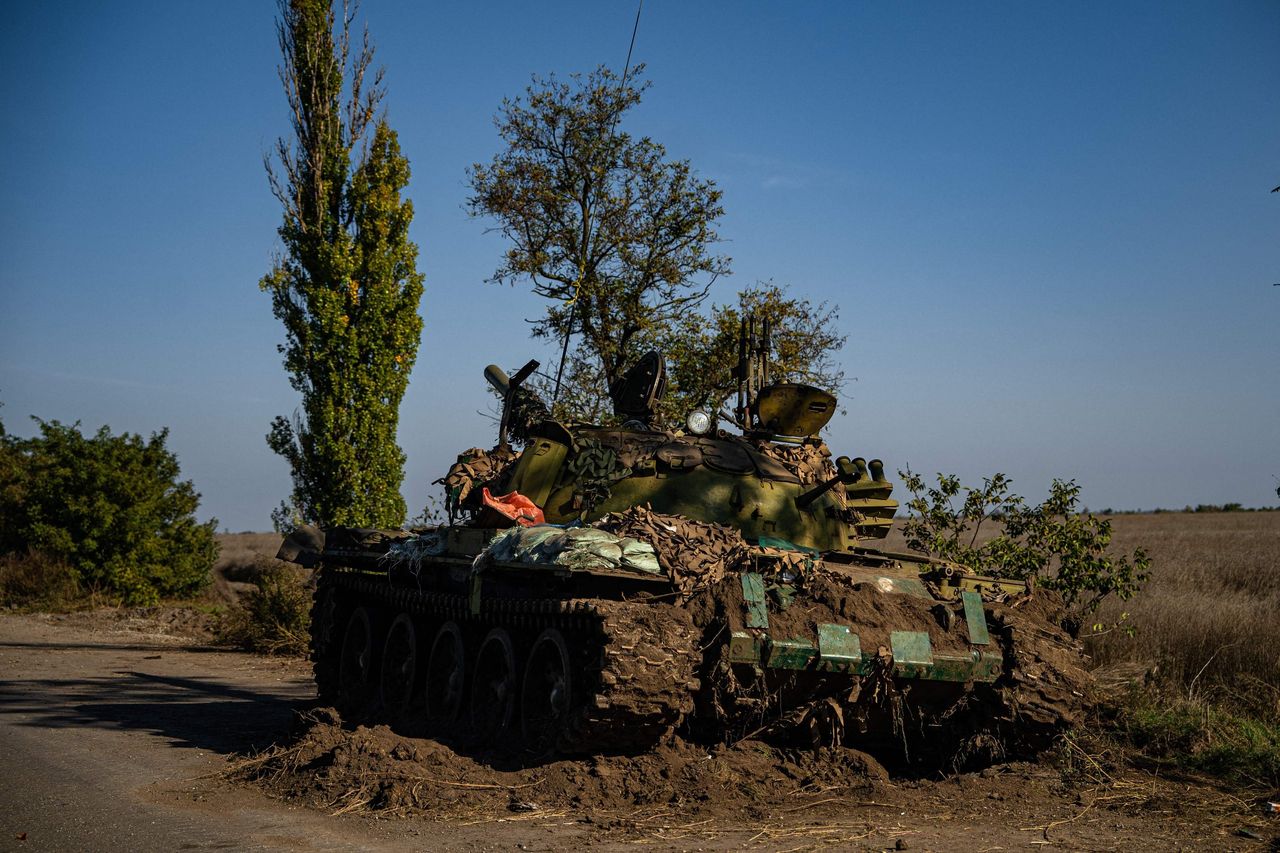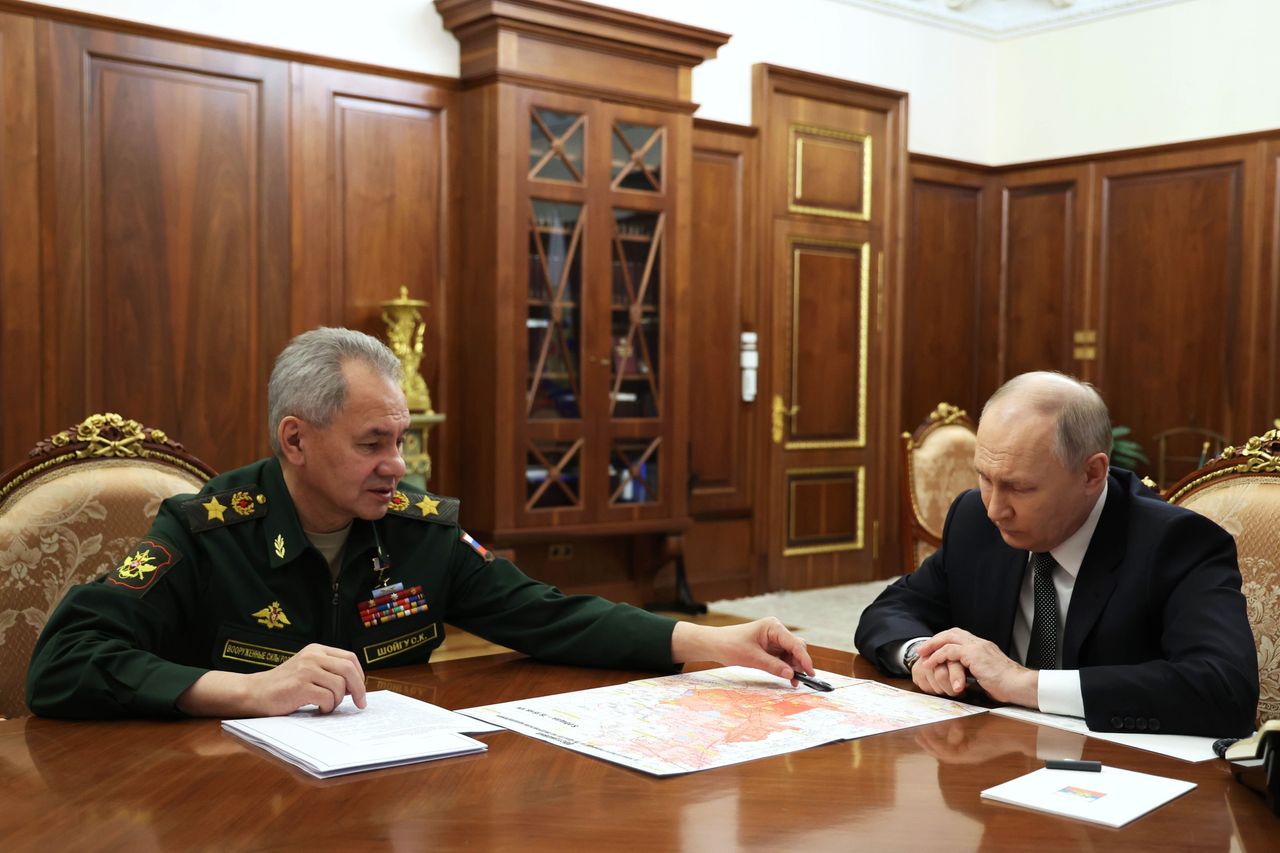Russia’s ability to churn out tanks, missiles and shells has surprised the West and heaped further pressure on Ukraine. The question now is how long it can continue.
For some Western officials and analysts, Russia’s military production figures are misleading and mask challenges including a shortage of labor and a falloff in quality. The ramp-up may not be sustainable as it saps resources from the wider economy, and any drop in output could leave Russia even more reliant on help from allies such as China, Iran and North Korea, they add.
“Russia has rather impressively managed to increase production in many defense sectors,” said Oscar Jonsson, a researcher at the Swedish Defence University. “But I would be very suspicious of Russia being able to continue at that pace… it will stagnate.”
Russia’s ability to produce weapons has become increasingly important as the war drags into its third year, and amid uncertainty over future U.S. military aid for Ukraine. Russia’s greater supply of artillery shells, for instance, proved decisive when Ukraine lost the eastern town of Avdiivka in February. Meanwhile, Russia’s ability to rearm after the war could threaten other countries on its borders, those nations say.
Following Moscow’s 2022 invasion of Ukraine, the U.S. and its allies imposed a raft of sanctions aimed at hobbling Russia’s arms industry. On the battlefield, Russia soon lost equipment and ran down inventories of missiles and shells.

In response, the Kremlin quickly pumped resources into its arms industry. Last year, 21% of all federal expenditure went into what Moscow categorizes as defense, up from almost 14% in 2020. The 2024 federal budget calls for an even greater proportion of spending on defense this year, at more than 29%.
Russia has also become adept at avoiding sanctions, sourcing components like Western microchips and telecommunications equipment that it can’t buy directly via other countries.
Defense Minister Sergei Shoigu said in December that Russia was producing 17.5 times as much ammunition, 17 times as many drones and 5.6 times as many tanks as it did before the war.
Moscow has also increased production of missiles and other weapons, Western officials say. For example, production of artillery shells went from 400,000 shells in 2021 to 600,000 the following year, more than the combined output of the U.S. and European Union, Estonian military intelligence estimates.
Russia can likely sustain its war effort for two to five more years at the current scale, according to a senior North Atlantic Treaty Organization official. At least two European military-intelligence agencies also believe Russia can produce enough weapons to last several more years.
The ramp-up in military production shows up in economic data.
Output from several military-related industries, including optical products and fabricated metals, has grown as much as two times since the start of the war, according to an analysis of Russian statistics by Finland’s central bank.
But the production increases—and overall level of military spending—may not be sustainable given the drain on investment, manpower and materials from other sectors of Russia’s economy, the Bank of Finland concluded.


The central bank’s analysis also shows that much of the increase in defense-related output was in low-tech products, such as fabricated steel, rather than more sophisticated items, like semiconductors, for which Russia is reliant on foreign suppliers.
While Moscow has been able to get around sanctions for some products, other more specialized components that Russia bought from the West—such as tank optics that help crew members see—are much harder to buy through third parties.
Some analysts question Moscow’s production boasts. Russia’s output figures, for instance, don’t differentiate between newly produced armored vehicles and old models brought out of storage and refurbished.
“They are hyping up the numbers,” said Michael Gjerstad, a researcher at the International Institute for Strategic Studies.
Last year Russia brought out at least 1,200 old tanks from storage, Gjerstad estimates, based on a review of satellite images before and after the start of the war. That means that, at the very most, Russia produced 330 new tanks last year, though the true figure is likely to be half that number, Gjerstad said.

For example, up to 200 tanks at a time have sat outside the Omsktransmash tank factory in Omsk, Siberia, since late 2022, according to satellite photos provided by Planet Labs PBC. That’s despite the plant having produced no new tanks for several years before the war began, Gjerstad said.
The tanks look like the T-62, which hasn’t been produced since the 1970s, and the T-54/55, which was first designed just after World War II, according to Nicholas Drummond, a defense consultant.
These older tanks aren’t as good quality as new models, and stocks will eventually run dry.
The Kremlin didn’t respond to a request for comment on the output and quality of its arms production.
Russia has also dipped into reserves of old artillery ammunition. That stockpile now stands at around 3 million rounds, much of which is in poor condition, according to the Royal United Services Institute, a U.K. think tank.
RUSI and other analysts say that Russia’s domestic ammunition production isn’t sufficient to meet its needs for Ukraine, meaning Moscow will grow more dependent on foreign allies.
North Korea, Iran and Belarus have supplied munitions, while Russia has received components such as computer chips and chemicals from China, analysts say.
North Korean munitions factories are currently operating at full capacity to supply Russia, South Korea’s defense minister recently told reporters. Shin Won-sik said that North Korea may have shipped the equivalent of around 3 million 152mm artillery shells since last September. Ukrainian military intelligence has said that the quality of North Korean ammunition has been poor, sometimes even destroying Russian guns.
In return for such supplies, there is some evidence that Russia has shared technical military information with China and North Korea, the senior NATO official said.

Back at home, Russia’s arms makers face labor challenges.
During a visit in February to Russia’s largest tank factory, President Vladimir Putin told a worker that he was aware of a shortage of skilled personnel, according to a transcript on the Kremlin’s website.
The labor crunch at the Uralvagonzavod site was so bad at the start of last year that the company took on 250 convicts from a nearby prison, the correctional facility said at the time.
In June 2022, Deputy Prime Minister Yuri Borisov said that the arms industry had a shortage of around 400,000 people. Borisov and other Russian officials have said the sector needs around 2 million workers, suggesting a personnel shortfall of about 20%.
Since then, Russia has sent more people to fight in Ukraine and hundreds of thousands more are estimated by economists to have left the country, though some may have returned.
To boost output, Uralvagonzavod, which has some 30,000 workers, started 24-hour production at the factory.
Workers there have complained on social media about inadequate training, a lack of tools and poor safety conditions.
In one instance widely reported by Russian media last year, a dispute over training and wages led one worker to stab himself in the throat with a knife in front of his boss. He survived. The company said it regretted the incident, which it described as an ordinary human tragedy.
Alastair Gale and Warren Strobel contributed to this article.
Write to Alistair MacDonald at [email protected]
News Related-
Russian court extends detention of Wall Street Journal reporter Gershkovich until end of January
-
Russian court extends detention of Wall Street Journal reporter Evan Gershkovich, arrested on espionage charges
-
Israel's economy recovered from previous wars with Hamas, but this one might go longer, hit harder
-
Stock market today: Asian shares mixed ahead of US consumer confidence and price data
-
EXCLUSIVE: ‘Sister Wives' star Christine Brown says her kids' happy marriages inspired her leave Kody Brown
-
NBA fans roast Clippers for losing to Nuggets without Jokic, Murray, Gordon
-
Panthers-Senators brawl ends in 10-minute penalty for all players on ice
-
CNBC Daily Open: Is record Black Friday sales spike a false dawn?
-
Freed Israeli hostage describes deteriorating conditions while being held by Hamas
-
High stakes and glitz mark the vote in Paris for the 2030 World Expo host
-
Biden’s unworkable nursing rule will harm seniors
-
Jalen Hurts: We did what we needed to do when it mattered the most
-
LeBron James takes NBA all-time minutes lead in career-worst loss
-
Vikings' Kevin O'Connell to evaluate Josh Dobbs, path forward at QB
